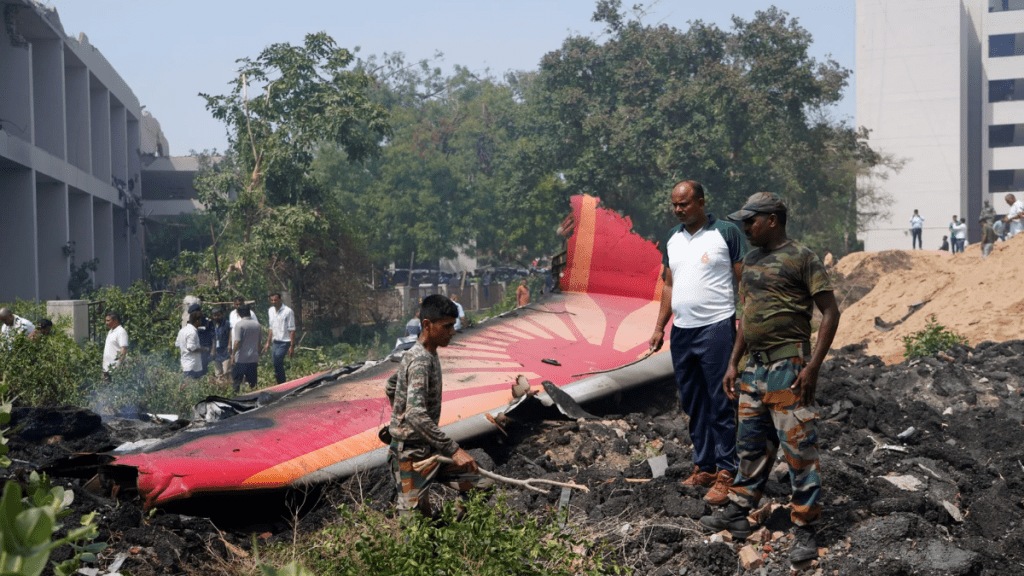The Aircraft Accident Investigation Bureau (AAIB) of India on Thursday issued a stern statement cautioning against premature conclusions in the ongoing investigation into the deadly Air India crash that killed 260 people on June 12. The agency emphasized that the probe is still underway and the final report will be released with root causes and safety recommendations.
“The investigation is still ongoing and it is too early to reach any definite conclusions,” the AAIB stated. “The Final Investigation Report will come out with root causes and recommendations,” reads the public notice signed by the Director General of AAIB, GVG Yugandhar.
The agency urged both media and the public to await the final findings and not contribute to misinformation that could compromise the integrity of the process or disrespect the families of the deceased.
“The VT-ANB accident is the most devastating in recent Indian aviation history. It is being investigated rigorously and professionally,” Yugandhar said, adding that the AAIB will issue updates as needed in the public interest.
AAIB Criticizes Unverified International Reports
AAIB Director General G.V.G. Yugandhar responded sharply to certain international media outlets — notably the Wall Street Journal (WSJ) — accusing them of publishing selective and unverified information. “It has come to our attention that certain sections of the international media are repeatedly attempting to draw conclusions through selective and unverified reporting,” Yugandhar said. “Such actions are irresponsible, especially while the investigation remains ongoing.”
He urged both the media and the public to refrain from spreading speculative narratives that could compromise the integrity of the probe. The decison came after WSJ blamed the pilot fo the incident.
The Wall Street Journal reported on Wednesday that a cockpit voice recorder allegedly captured a conversation in which one pilot questioned why the other had cut off fuel to the engines moments after takeoff. According to WSJ’s sources, First Officer Clive Kunder reportedly asked Captain Sumeet Sabharwal why he moved the fuel switches to “cutoff,” to which the response was denial.
The report cites unnamed U.S. officials familiar with early assessments of the evidence, though it offers no direct proof that the switches were intentionally flipped. U.S.-based pilots told WSJ that the pilot actively flying the plane — Kunder — would likely not have had time to reach the fuel switches during takeoff.
Preliminary Report Details
According to AAIB’s preliminary report, the Boeing 787-8 Dreamliner, en route from Ahmedabad to London Gatwick, experienced a sudden loss of engine power shortly after lifting off the runway. CCTV footage confirmed deployment of the aircraft’s Ram Air Turbine (RAT), a backup power source triggered by engine failure. The aircraft managed to climb only to 650 feet before losing thrust and crashing into a nearby medical college campus, killing 241 passengers and crew and 19 people on the ground.
The report states that the engine fuel switches had changed from “run” to “cutoff” just seconds apart, triggering a failed attempt to restart the engines. No mechanical or maintenance faults were found.
The final investigation report from the AAIB is expected within the next year, in accordance with international aviation protocols. Until then, authorities are urging restraint and patience as they work to uncover the full truth behind one of India’s deadliest aviation disasters.

